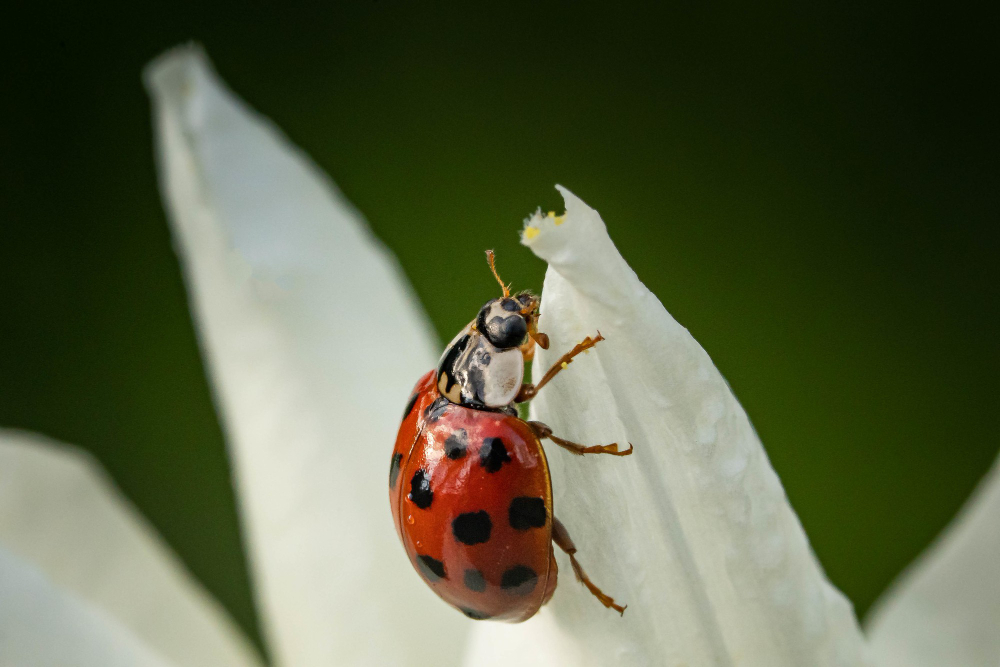Kissing bugs, also known as triatomine bugs, are unwelcome guests that can transmit Chagas disease, a potentially fatal parasitic infection. These nocturnal insects are found primarily in tropical and subtropical regions and can be brown or black in color, ranging from 0.25 to 1 inch in length.
How Kissing Bugs Transmit Chagas Disease
Kissing bugs carry the Trypanosoma cruzi parasite, which causes Chagas disease. When the bug feeds on a warm-blooded host, it defecates near the bite wound. The parasites can enter the body through the bite, mucous membranes, or broken skin. Once inside, the parasites multiply and spread to various organs, including the heart, intestines, and brain.
Symptoms and Complications of Chagas Disease
The symptoms of Chagas disease vary depending on the stage of infection. In the acute phase, symptoms may include fever, headache, muscle aches, rash, and swelling around the bite wound. While the acute phase often resolves on its own, the parasite can remain dormant in the body for years, potentially leading to chronic Chagas disease.
Chronic Chagas disease can manifest in various forms, including heart complications such as cardiomyopathy and arrhythmias, as well as gastrointestinal issues and neurological problems. In severe cases, Chagas disease can be fatal.
How to Protect Yourself and Your Home from Kissing Bugs
There are a number of things you can do to protect yourself and your home from kissing bugs:
-
Eliminate bug habitats: Reduce clutter and seal cracks and crevices in your home to eliminate hiding spots for kissing bugs.
-
Use insecticide-treated bed nets: Protect yourself from biting insects while sleeping by using insecticide-treated bed nets.
-
Avoid contact with kissing bugs: Be cautious when traveling to areas with high Chagas disease prevalence and avoid direct contact with kissing bugs.
Community-Level Prevention Strategies
In addition to individual measures, community-level prevention strategies can also help to reduce the risk of Chagas disease transmission:
-
Improving housing conditions: Address substandard housing conditions that provide ideal breeding grounds for kissing bugs.
-
Vector control programs: Implement community-wide insecticide spraying campaigns to target kissing bug populations.
-
Public education and awareness: Raise awareness about Chagas disease, its transmission, and prevention strategies among community members.
Conclusion
Kissing bugs and Chagas disease pose a significant threat to public health, particularly in resource-limited regions. By understanding the biology and transmission of this parasite, we can take proactive measures to protect ourselves and our communities. Remember, prevention is key, and vigilance in eliminating bug habitats, using protective measures, and supporting community-level initiatives can significantly reduce the risk of Chagas disease transmission.


Leave a Reply